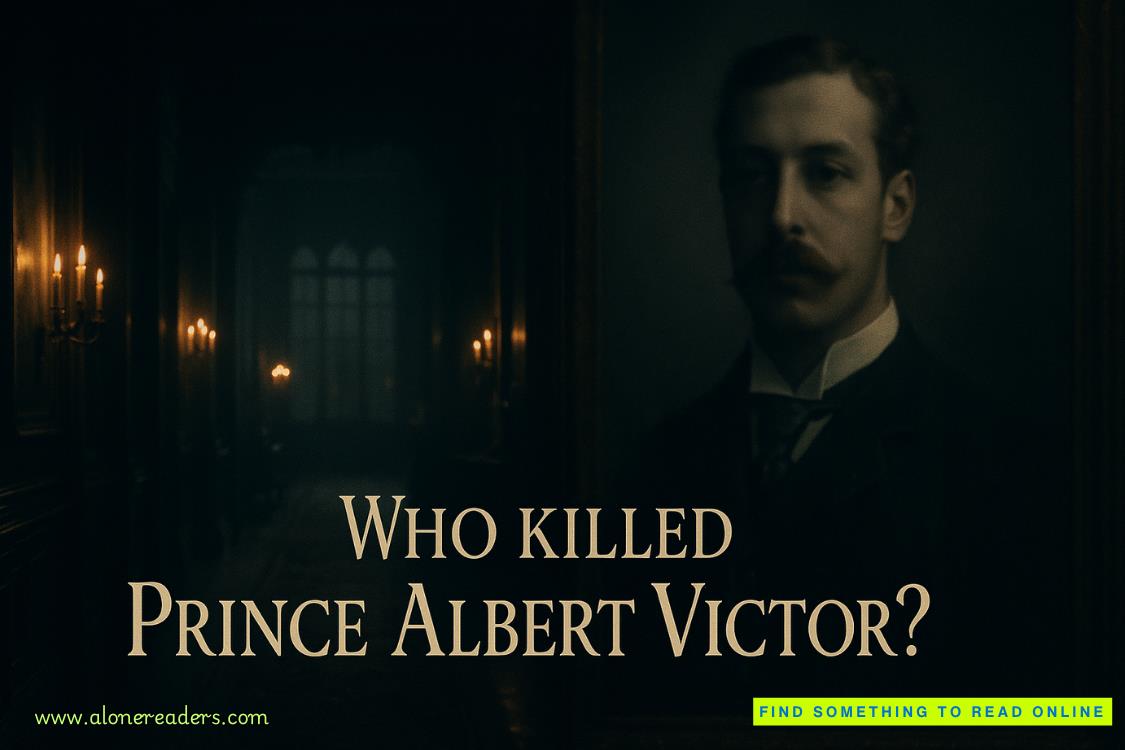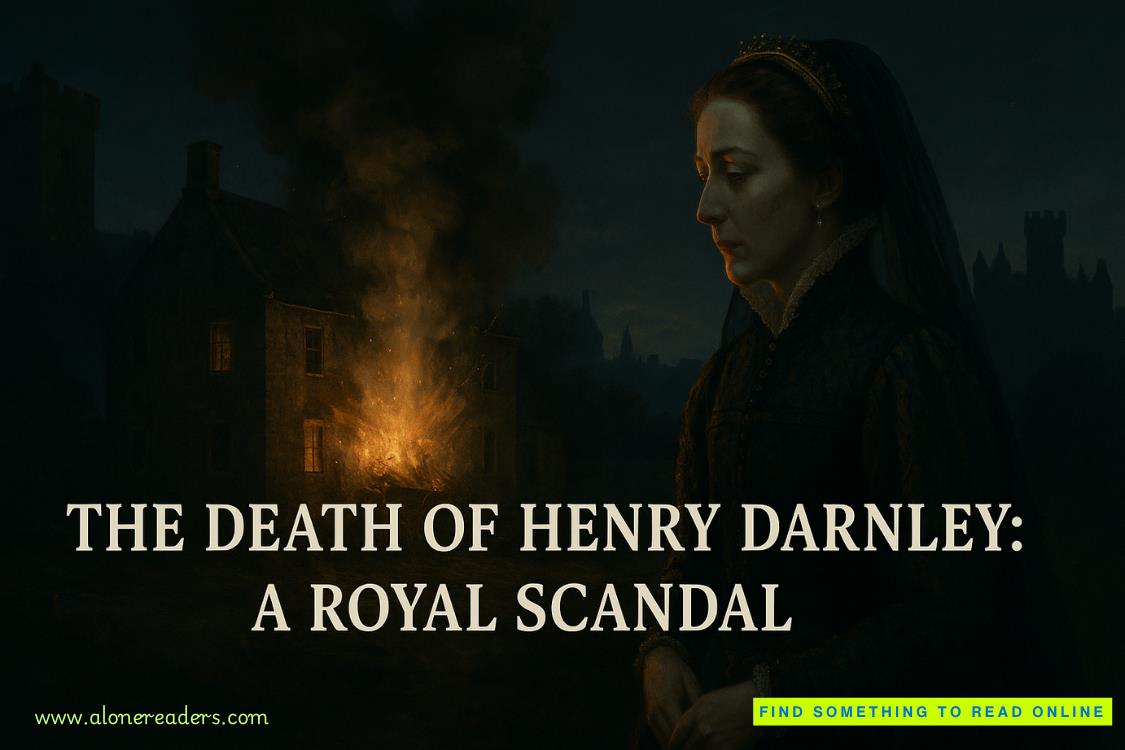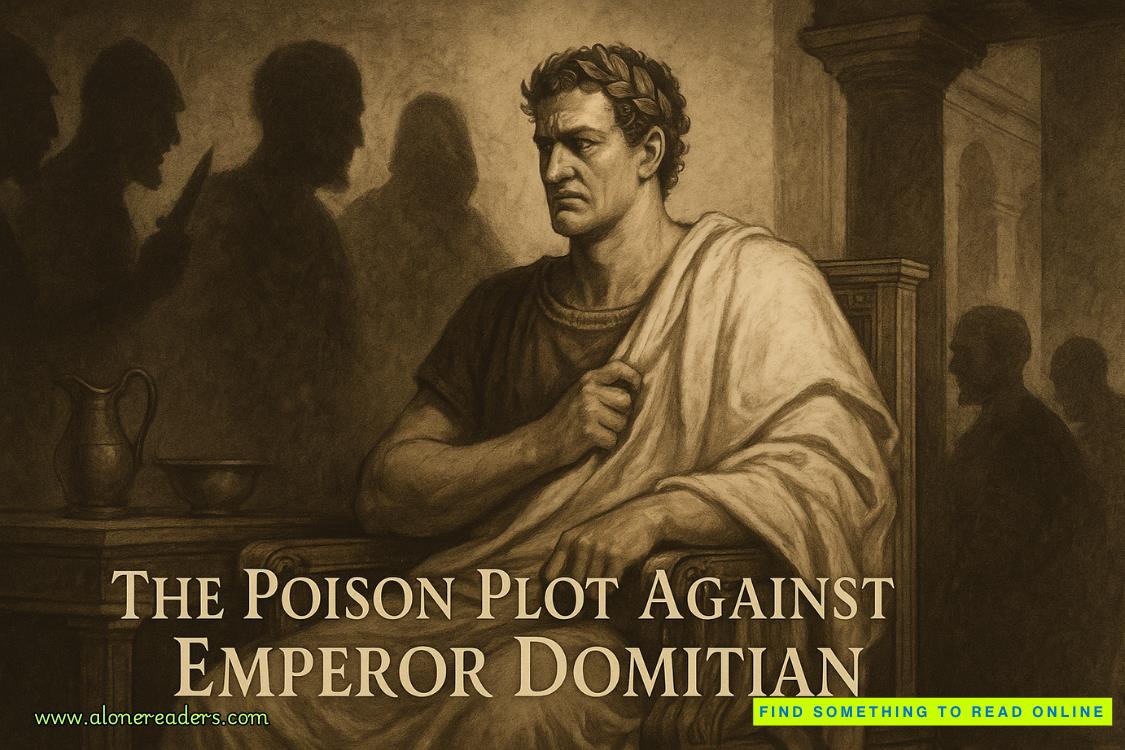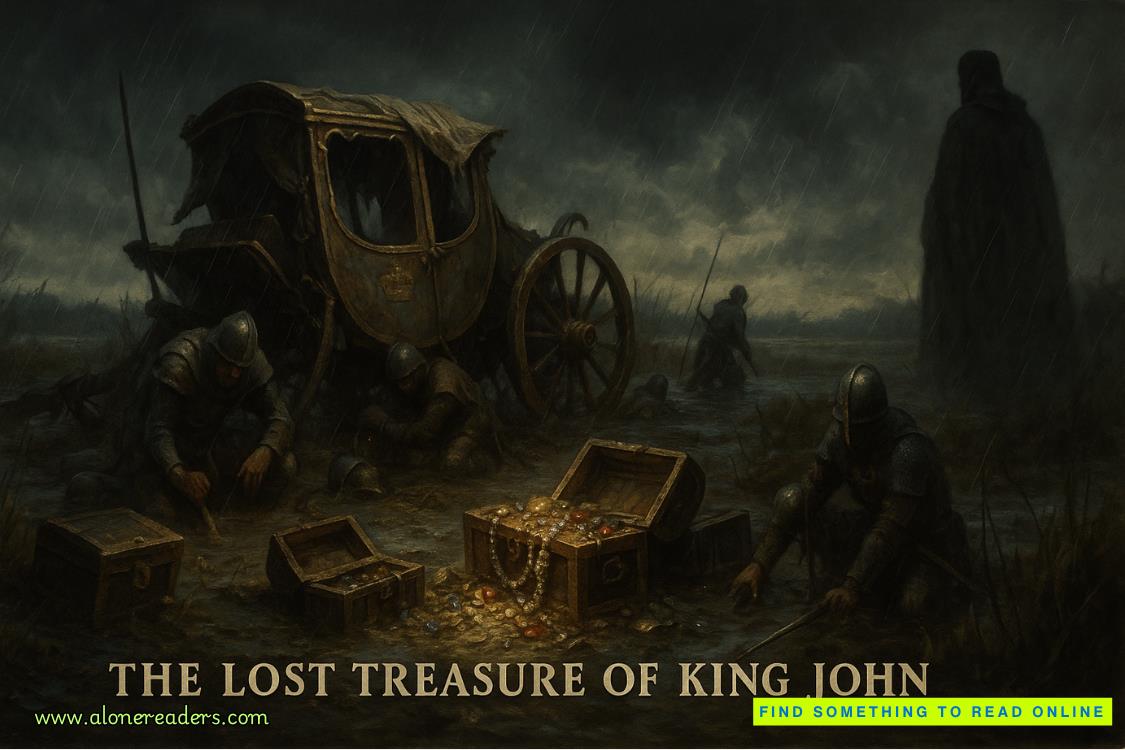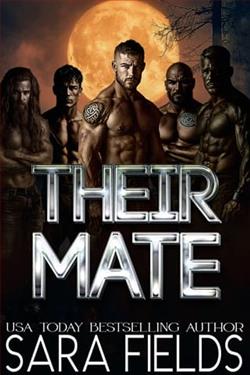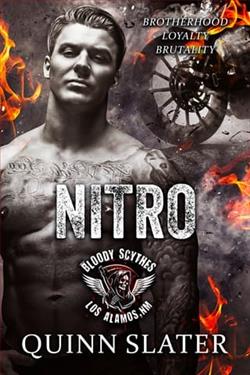Page 82 of I is for Innocent (Kinsey Millhone 9)
"I think the service is meant to cover all bets," I said.
He looked back over his shoulder at the facade with disapproval. "The building looks like a restaurant."
"Well, you know, eating out is close to a religion these days," I said dryly. "People used to tithe to the church. Now the ten percent goes to the waiter instead."
"It wasn't very satisfactory as funerals go. In Michigan, we conduct these services properly. I understand there's not even going to be a graveside ceremony. Very disrespectful, if you ask me."
"It's just as well," I said. "From what I know of Morley, he didn't have a highly developed spiritual side and he probably wouldn't have wanted any kind of fuss made about his death. Anyway, his wife is ill and might not have been up for more than this." I didn't mention that the body would probably be whisked over to the coroner's office within the hour.
"Where did Henry go?" William asked.
"He's bringing the car around, I think."
"Will you be coming back to the house with us? We're having a light lunch on the patio and we'd be happy to have you join us. We invited Rose, hoping to reciprocate her many courtesies."
"I wish I could, but I have something to take care of. I'll stop by a little later and see what you're up to."
Henry pulled up beside us in his five-window coupe. It's a 1932 Chevrolet that he's had since it was new. It's been meticulously maintained, boasting the original paint, headliner, and upholstery. If William were driving it, I suspect the car would seem prissy. With Henry at the wheel, there was something rakish and sexy about the vehicle. You have to keep an eye on Henry as he's still very appealing to 'babes' of all ages, including me. I could see people turning to admire the car, checking him out afterward to see if he was someone famous. Because Santa Teresa is less than two hours away from Hollywood, a number of movie stars live in town. We all know this, but it's still disconcerting when some guy at the car wash who looks just like John Travolta turns out to be John Travolta. I saw Steve Martin driving through Montebello once and nearly rammed into a tree trying to get a good look at him. He's Technicolor handsome, in case you're wondering.
William got into Henry's car and the two rumbled off. There was still not a hint about the trap Rosie meant to spring. Whatever her intention, it was still early in the game. William did seem less self-absorbed today. We'd actually made it through a three-minute conversation without reference to his health.
I drove back into town, taking the freeway south on 101. I got off at the Missile off-ramp and headed east until I reached State Street, where I hung a right. The Axminster Gallery, where Rhe Parsons's show would be opening that night, was located in a complex that included the Axminster Theater and numerous small businesses. The gallery itself was located along a walkway that ran behind the shops. I parked on a side street and cut through a public lot. The entrance was marked by a hand-forged iron sign. A panel truck had been backed in close to the door and I could see two guys unloading blocks wrapped in heavily quilted moving pads. The door was standing open and I followed the workmen in. The entry was narrow, probably scaled down for effect, because I quickly passed into a large room with a thirty-foot ceiling. The walls were a stark white and light cascaded down through wide skylights, currently cranked open to admit fresh air. A complicated arrangement of canvas, cording, and pulleys was affixed at ceiling height so that the fabric shades could be drawn across the opening if the light needed to be cut. The floors were gray concrete carpeted with Oriental rugs, the walls hung with batiks and framed watercolor abstracts.
Rhe Parsons was consulting with a woman in a smock, the two of them apparently discussing the placement of two final pieces the workmen were bringing in. I circled the room while the discussion continued. Tippy was perched on a stool near the back wall, commenting on the overall effect from her vantage point. Rhe's show consisted of sixteen pieces arranged on pedestals of varying heights. She was working in resins, casting large polished pieces-maybe eighteen inches on a side -which at first seemed identical. I inspected five in range of me. I could see that the translucent material was formed into subtly tinted layers, with sometimes an object buried at the heart-a perfectly preserved insect, a safety pin, a locket on a chain, a ring of brass keys. With the light shining through, the effect was of peering through blocks of ice, except that the resin looked solid and indestructible. It wasn't hard to imagine these totems being dug up at some point in the future, along with bleach bottles, pull tabs, and disposable diapers.
